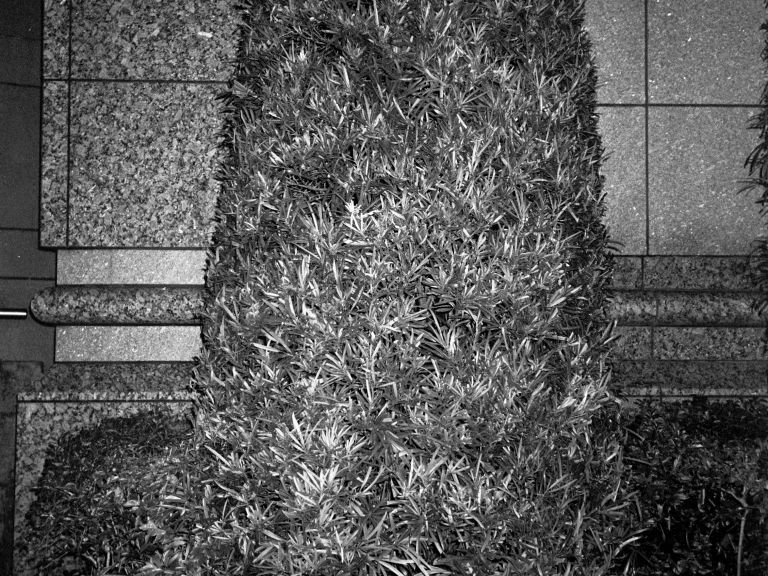Project Detail: Four Faces Eight Places
Contest:
LuganoPhotoDays 2015 Open
Brand:
LuganoPhotoDays
Author:
Alex Withey
Status:
Selected
Project Info
Four Faces Eight Places
“Taking Photographs is a journey passing before a “landscape” that is free in a physical sense, and yet bound with a psychological restraint. What is up to the photographer to do with the “landscape” is to encounter it, to destroy it, rebuild it, and then release it.”
(Takanashi, Y. The Landscape Appears)
Looking at the relationship between the experienced urban environment and those who inhabit it, Four Faces Eight Places deals with the vernacular in a personal, diaristic style to create a fragmented memory of a city (Taipei, Taiwan).
Produced as a self-published book and series of images, the viewer is guided through a selection of the images to re-signify “the commonplace with significance, the ordinary with mystery, the familiar with the seemliness of the unfamiliar, and the finite with the semblance of the infinite.” (Van De Akker & Vermeulen). Through contrasting these elements of the vernacular, the work invites the viewer for a deeper reflection upon the commonplace and allows for an intuitive build up of narrative and memory.
The relationship between Photography, memory and its connection to temporality are profound. Our need to record, to remember and the subsequent loss of that memory marks our complex and omnipresent connection to the medium. Hans Ulrich Reck notes on memory that:
“Precisely because it is recorded, remembering changes into forgetting & becomes transient. Conversely memory can only re-emerge out of the transition from blind forgetfulness to a culture of remembering forgetfulness. What remains are gestures, ritual passages, crossings: transitory turbulence.”
Photographs then, become gestures within time, referring to something forgotten, or remembered. The turbulence Reck speaks about stems from the friction created by the void between memory and forgetting, reducing everyday experience into mere fragments. It is the spaces in between these fragments where one is able to make a comment about our society.
Photographs allow the interpretation of the vernacular as gesture, and in doing so create a sense of ‘transitory turbulence’ both aesthetically and in terms of the overall narrative of the images.
It is within the negotiation between memory and experience, between that which is seen and what is ignored on which the work sits.
“Sometimes, in the background behind the varied surface of the everyday, the inexplicable shadow of human existence creeps in like a fog.”…” this shadow gets trapped at the barrier between what is expressible through words and what is not.”
Gocho, S. in Photography As Another Reality


















